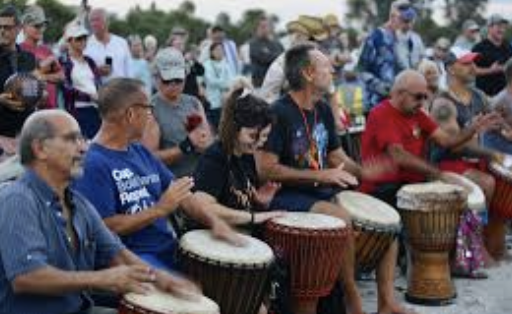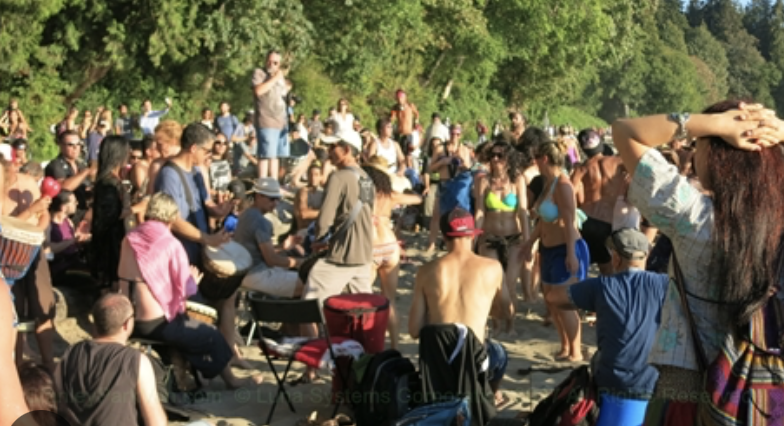Cultivating Connection Through Drumming: The Art of Listening and Supporting
Drumming transcends mere noise-making; at its core, it is about connection—both with ourselves and with each other. Music is more than a concept; it is a shared experience that allows us to express our innermost feelings and thoughts.
While it’s vital to recognize the individuality of our expressions, it is equally important to understand that the beauty of drumming emerges from communal engagement and shared rhythms.
To foster a truly enriching drumming experience, I encourage us all to embrace several key principles:
1. The Art of Listening
Listening is one of the most powerful skills we can develop as drummers. It requires us to tune into the sounds around us and to be receptive to our fellow drummers.
By paying attention to the rhythms being played, we can better understand how to complement and support one another, helping to create a unified sound. Listening not only enhances our musical ability but also builds a foundation of respect and empathy within the group.
2. Playing Supporting Roles
Every musician has a unique role to play, and understanding this can elevate our collective experience. Instead of dominating the soundscape with solos, consider the importance of supporting rhythms. A strong backbeat or a simple pattern can provide an essential foundation that allows others to flourish. By embracing our roles as supporters, we help to create a richer tapestry of sound that encourages everyone to thrive.
3. Sharing the Spotlight: Taking Turns Soloing
While solos bring excitement and personal expression, it’s important to recognize that they thrive in the context of a supportive community. Allow space for each drummer to shine while also maintaining a sense of togetherness. Practicing turn-taking fosters a culture of patience and respect, creating dynamic moments that elevate the overall experience of the drum circle.
4. Respecting the Drums and Each Other
Drumming is a shared journey that requires mutual respect. Each participant brings their unique perspective and style, which adds to the collective experience. It’s essential to approach each session with the mindset of valuing what others contribute, treating the instruments with care, and acknowledging the creativity that emerges from collaboration. Rudeness, intentional or not, can disrupt the flow of energy in the circle, so let’s commit to being kind and encouraging.
5. Setting Aside Ego
Ego can be a significant barrier to deep connection in any group setting. By releasing the need to constantly showcase our individual skills, we open ourselves to a more profound experience of unity. This doesn’t mean suppressing personal expression; rather, it involves finding the right moments to contribute while prioritizing the shared experience. When we collectively set aside our egos, magic happens—our rhythms blend into a joyous harmony.
Conclusion: The Spirit of Community
As we gather in our drum circles, let’s make a conscious effort to elevate our practice. By prioritizing the beauty of sharing and playing rhythms together, we can cultivate an environment that truly embodies the spirit of community.
Together, let’s create an atmosphere where every beat resonates with joy and unity, where individual voices combine to form a collective song that celebrates our diversity. In doing so, we will not only enrich our own drumming skills but also deepen our connections with one another. Remember: drumming is not just about doing our own thing; it’s about weaving our unique expressions into a vibrant tapestry of sound that honors the essence of collaboration. Let’s embrace this journey together.


